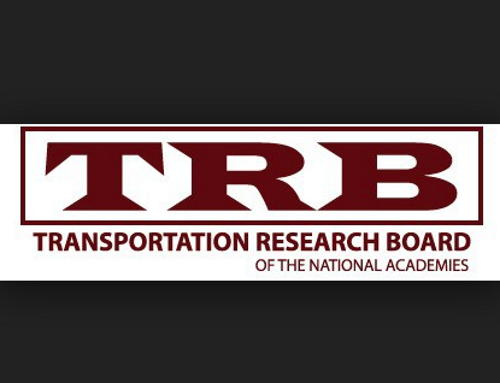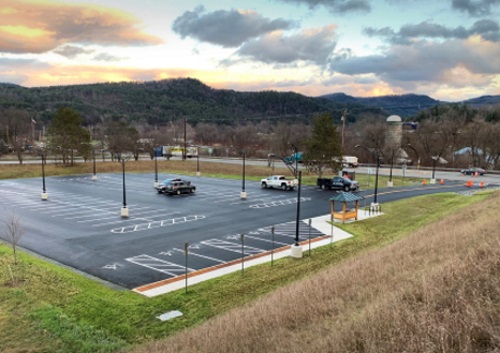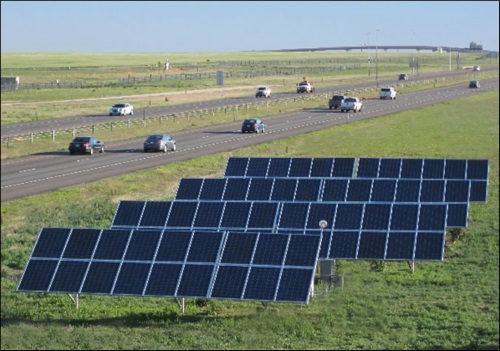This episode of the Environmental Technical Assistance Program or ETAP Podcast shines a light on the Transportation Research Board’s 100th annual meeting and the changes going on behind-the-scenes at TRB to prepare for the mobility challenges of the future.
Featuring Martin Palmer – engineering services manager for the Washington State Department of Transportation and co-chair of TRB’s Standing Committee on Environmental Analysis and Ecology – the podcast also discusses the all-virtual format for the organization’s 100th meeting; a format required due to the ongoing COVID-19 pandemic.
“It took six months for TRB to revamp its entire annual meeting program, to get the recordings and virtual platforms established,” he said. “While the virtual meeting will be different in the sense that while there will be fewer sessions, there is the potential for more participants. And no one has to worry about being turned away from a virtual session because there is always a seat available.”
Palmer also talks about how TRB has restructured its committee groups to meet new transportation challenges. “TRB has merged several committees – such as operations with safety – and formed several new groups, such as sustainability and resilience, transportation and society, and a committee devoted to the impact of extreme weather.”
One of the biggest topics up for discussion at TRB’s 100th annual meeting is how transportation could be affected during the transition to the Harris-Biden administration.
“As we transition to another administration, we expect policy changes,” Palmer noted. “Under the previous administration, we experienced a ‘re-visioning’ on how we looked at the Endangered Species Act, for example. So we expect some of those things to change, though it will take time to put such changes in place and move forward with them.”
To listen to this ETAP Podcast, click here.





